Written by Matt Dickinson
29th August 2017
How do you choose the best avalanche transceiver? There seems to be a bewildering array of choices nowadays - indeed, many more since my article last year. There have been a few subtle changes to the market; in this article I’ll review units with 3 antennas, as 2 antenna models are now being phased out. Having said this, if you’re on a budget go for the BCA Tracker DTS which is still a simple but excellent transceiver, although it lacks accuracy in the fine search. I would avoid all single antenna units (I think the only one available now is the Pieps Freeride) as they need extensive practice and are only effective in expert hands.
When all's said and done the best avalanche beacon is the one you practice with! Modern transceivers have lots of complicated features; so the more familiar you are with your transceiver the quicker you will be. Regardless of which one you choose bear in mind that practice is incredibly important. If you are someone that isn't going to practice (be honest) then its worth going for a really simple 'intuitive' transceivers like Ortovox Zoom+ or the BCA Tracker 2.
Think about your level of experience and frequency of transceiver use. Some models like the Arva Pro W and the Mammut Pulse Barryvox have lots of advanced features, which could confuse the novice user. They are also more expensive and may give longer search times as a result.
If you are an intermediate user then look for a model that has some additional features like, flagging and increased range. Choices should include the BCA Tracker 2, Pieps Sport, Arva Neo and Ortovox 3+. If you are a more advanced 'avalanche geek' then go for the Pieps DSP Pro, Mammut Pulse Barryvox, Arva Pro or Ortovox S1+. These units have, un flag beacon, group check modes and scan function. To be honest I rarely use these functions but some people love toys with extra flashing lights and a higher price tag to match!
Things to consider before you purchase:
-How fast can you find one victim? All things said this should be the singular most important factor in your choice. Your chosen Transceivers processor speed allows a quick search without any electronic hiccupping (i.e. the fast the processor the quicker you'll find the single victim...in theory!)
-The range of your unit is the next most important choice factor. The longer the range the wider search strip you can individually cover. Take note the recommended range for most Transceivers is 30m in 'real life' situations.
-Multiple burial 'marking' functions allow you to ignore a berried Transceiver and move on to the next. It’s a useful addition but if you’re on your own marking everyone and not digging seems daft!
-Whichever transceiver you choose remember only use good quality alkaline batteries. Never use rechargeable or lithium batteries. Always replace the batteries as per manufacturers recommendation or roughly anywhere below 50%. Look after your transceiver as the antennas and battery compartments can be damaged by constant rough use. Never leave your transceiver in the cold (boot of your car over night) for long periods as over time this can lead to 'de tuning' of the antenna and signal drift.
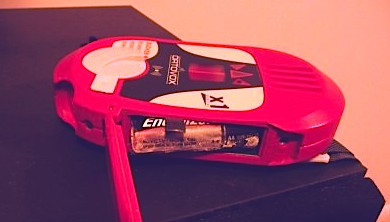
3-Antenna Transceivers Without Multiple-Burial Marking
BCA Tracker 2 – Very simple controls and inexpensive and the best unit for finding old digital transceivers (backwards compatible). It has no marking feature and the range isn't great though.
Ortovox Zoom + - Very simple and allows automatic switching of antenna depending on orientation (smart transmitter). It has no marking feature and a shorter range.
3-Antenna Transceivers with Multiple-Burial Marking
Ortovox 3+ - Has an excellent fine search good marking and 'smart transmitter' like the Zoom. It has a modest range and the search function isn't the most intuitive!
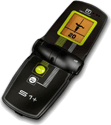
Pieps DSP Sport – Really good value for money and one of the best reception ranges. Very easy to use hard to fault really apart from the colour.
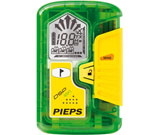
Mammut Element – Again a really good transceiver which is easy to use with good marking and intuitive audio.
Arva EVO 3+ - Cheap and easy to use but the reception range is short and its not very intuitive. Its quite a big unit compared to some of the more 'slimmed' models.
Arva Neo – Again its very easy to use and good value for money. It has customizable software but is again a bit bulky.
BCA Tracker 3 – Lovely small, light unit (which gets my vote) but it can only mark one transceiver at a time and its perpendicular reception range isn't the best
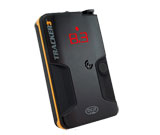
3-Antenna Transceivers that will fly the Starship Enterprise
Pieps DSP Pro – It has all the features of the DSP Sport plus longer battery life, frequency testing, inclinometer, scanner, and a slightly longer search range. Also has a 'breathalyzer' function for après-ski excursions...(joke).
Arva Pro W Link – Similar to the Mammut Pulse in Features but not quite as intuitive with lots of button pressing.

Mammut Pulse – Great range and direction indicator like the Element but has lots of extra features. Has great perpendicular range but is quite complicated when delving into the enhanced features. Its quite expensive compared to some of the others.
Ortovox S1+ - Grid display search that is very intuitive with lots of features. Quite expensive and Captain Kirk wouldn't look out of place using one!
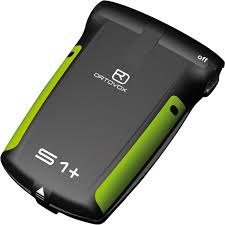
This is by no means an exhaustive list of models on offer. If you purchase any of the mentioned transceivers and practice you won't go far wrong. We recommend Facewest as a supllier for all your backcountry ski needs.
I will reiterate yet again that there is no substitute for avalanche awareness and not getting caught in the first place! And be thankful you don't have this strapped to you - one of the first transceivers developed in 1968!!!
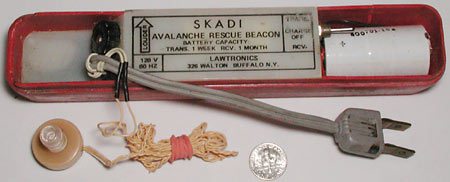
 Off-Piste
Off-Piste Ski Touring
Ski Touring Via Ferrata
Via Ferrata Ice Climbing
Ice Climbing Alpine Glacier Trekking
Alpine Glacier Trekking Worldwide Trekking
Worldwide Trekking



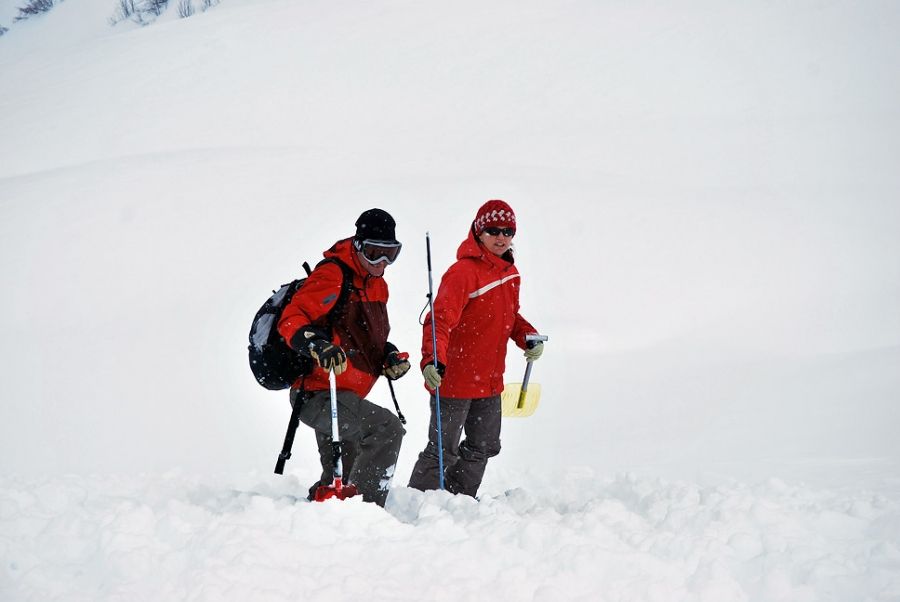






 Travel Website Development
Travel Website Development